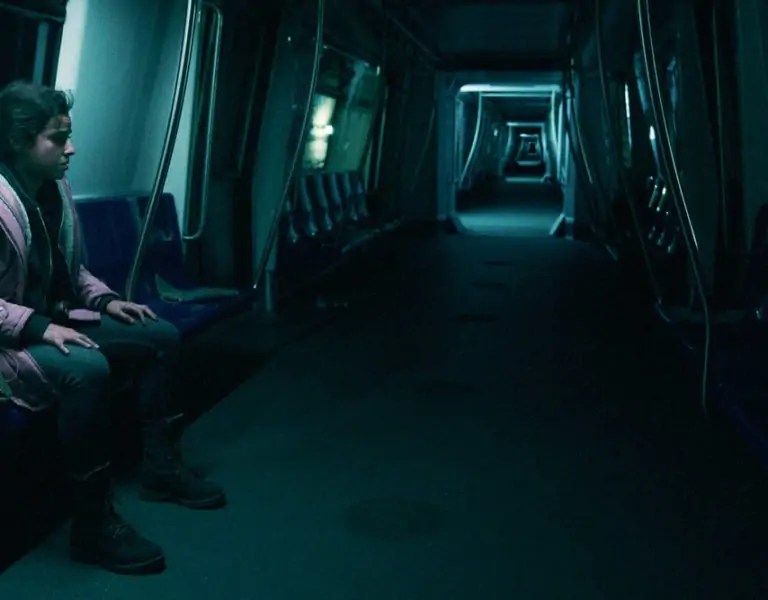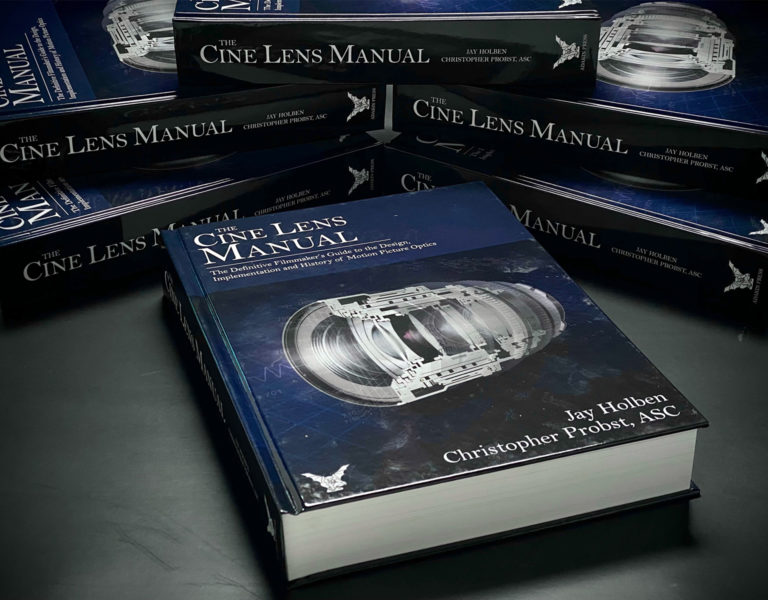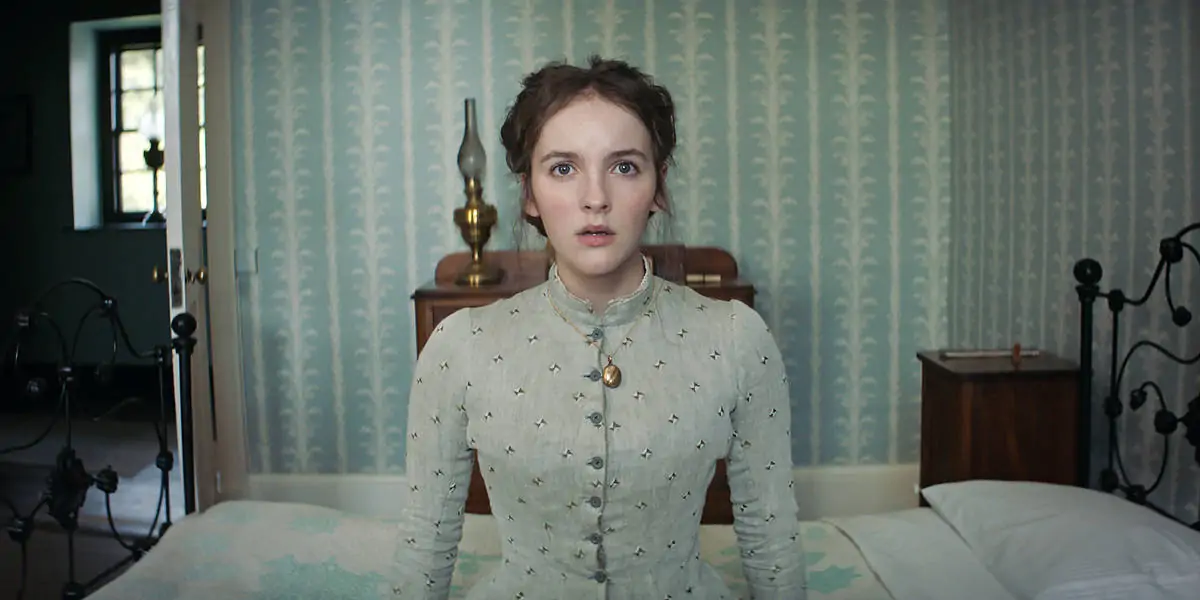A LIBERATING CREATION
When teaming up with director Hiro Murai for the latest season of Atlanta, Stephen Murphy BSC helped create a look based on carefully unobtrusive photography that deliberately avoids the hyperreality adopted by some films and TV series.
Describing Atlanta as a comedy-drama about the rap scene in the eponymous American city is, as anyone who’s seen it knows, likely to lead viewers to expecting something much more straightforward than it is. Donald Glover’s series will soon run to four seasons, and cinematographer Stephen Murphy BSC ISC agrees that it is “a really unique thing.”
“The first two seasons managed to cross and mix genres from episode to episode,” Murphy says, “going from straight up comedy to dark horror. They have a story they want to tell, and they’re not boxed into any particular framework.” Murphy’s own involvement began unexpectedly, having been finishing another production in the United States. “I had a chat with [director] Hiro Murai, Alex Orr the producer, and the UK line producer, Cass Marks. The next thing I knew I was on a plane back to the UK to start prep.”
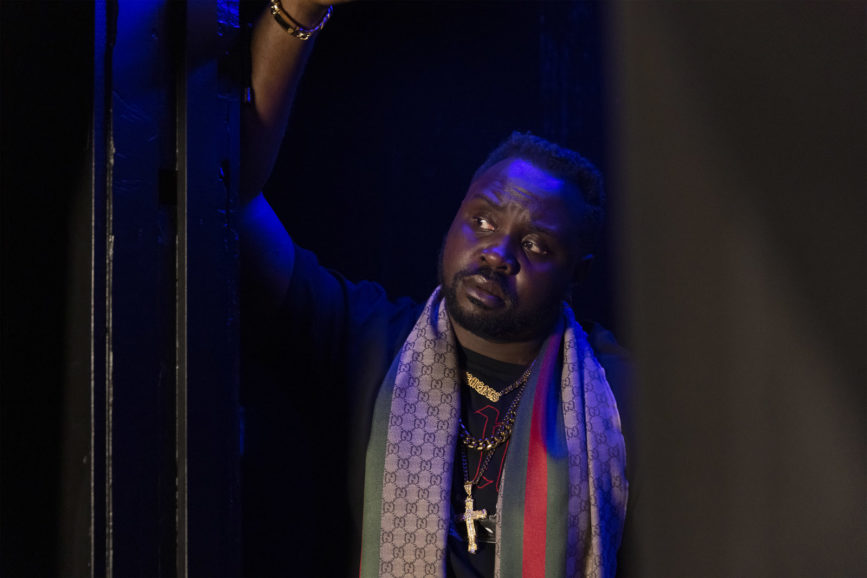
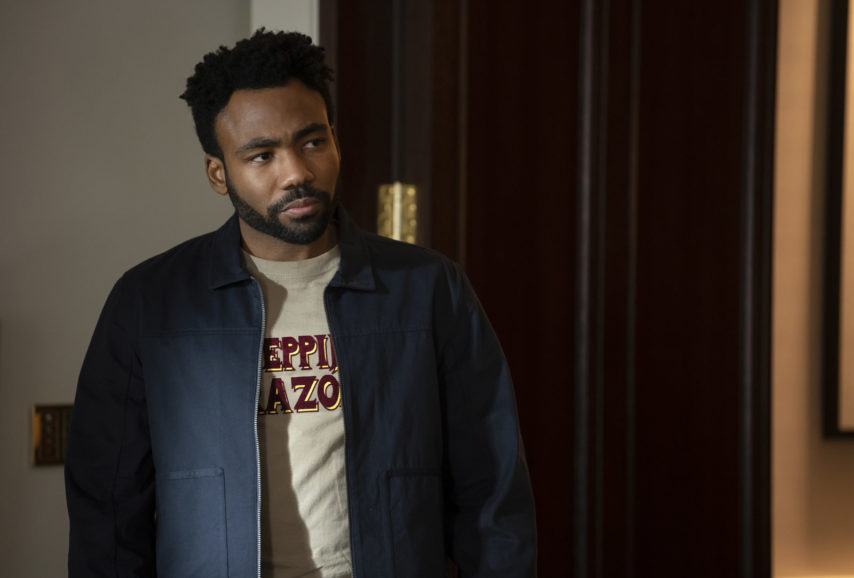
That prep began in February 2021, with the third and fourth seasons shot back-to-back. The schedule ran until June with Murphy handling cinematography on the six episodes set in Europe. Atlanta’s photography is, as he puts it, not intended to look as controlled as it is. “It’s designed to look as if we’d just turned up at a location and started to film, but in reality, we’ve put a lot of work into making it look like that. It’s not supposed to look overly commercially photographic, but we’re doing a lot of work to facilitate that.”
As a result, Murphy says, the production avoids tying directors and actors down to limited marks. “It gives us a little more freedom to improvise on the day,” he says, “to react to rehearsals in a positive way, and to give Hiro more freedom. It’s a great example of lighting spaces, not people. It’s thought about, but it’s not glossy. It’s about creating an environment that embraces imperfect photography, that treads the line of being nice-looking photography without being artificial.”
That approach was facilitated by the liberal attitude to equipment which emerged during conversations with Murai and fellow cinematographer Christian Sprenger. “We could have shot on anything we wanted to,” Murphy confirms. “They didn’t feel the EU episodes had to be a literal clone of the USA episodes. They could be their own thing. Hiro and Christian had talked about shooting the Alexa LF Mini for the US episodes, so we tested that, but Hiro and I gravitated very quickly toward the regular Alexa Mini mainly because of the lensing – I prefer the look of the Super 35mm optics, rather than the LF optics.”
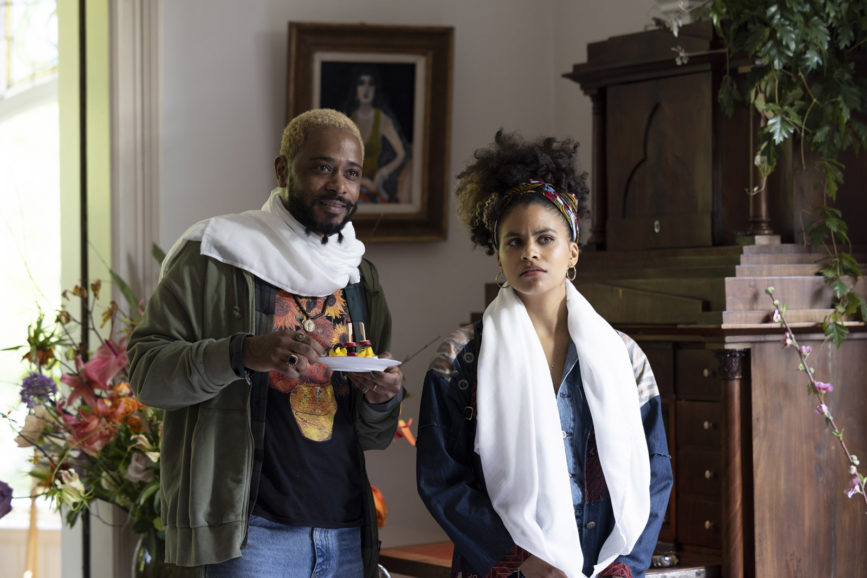
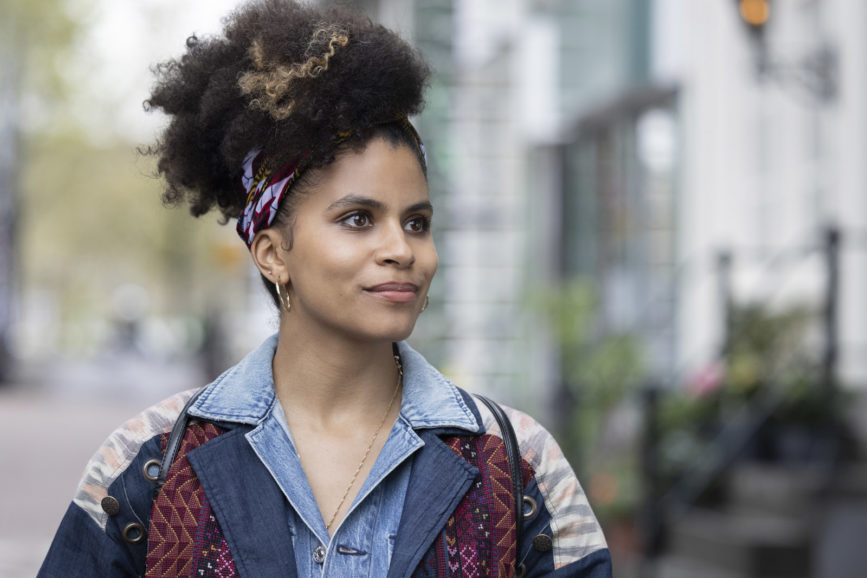
The conventional sensor allowed Murphy to choose a Panavision stalwart, the Primo series, with focal lengths chosen to match a very specific goal. “As a point of departure, we tried to work at a similar lens height for a lot of the episodes. We measured out the height of someone sitting at a table, which was about four and a half to five feet, took the finder to that point of view and evaluated how it looked. It lines up, height-wise, with being a street photographer shooting medium format. If you have the camera around your neck and you’re looking down into the viewfinder, that’s the point of view you get. I suggested it in prep, talked to the operators about it and it worked really well.”
That lens height, combined mainly with the 27mm, 35mm, and 40mm Primos, created a degree of consistency that Murphy thinks of as “a neutral perspective in terms of our storytelling. We weren’t in someone’s face with the lens, we weren’t backed up on a super long lens doing something more stylised. We mostly worked with those focal lengths, and controlled framing by moving the camera closer or further away, which gave us a much more specific visual palette for the show.”
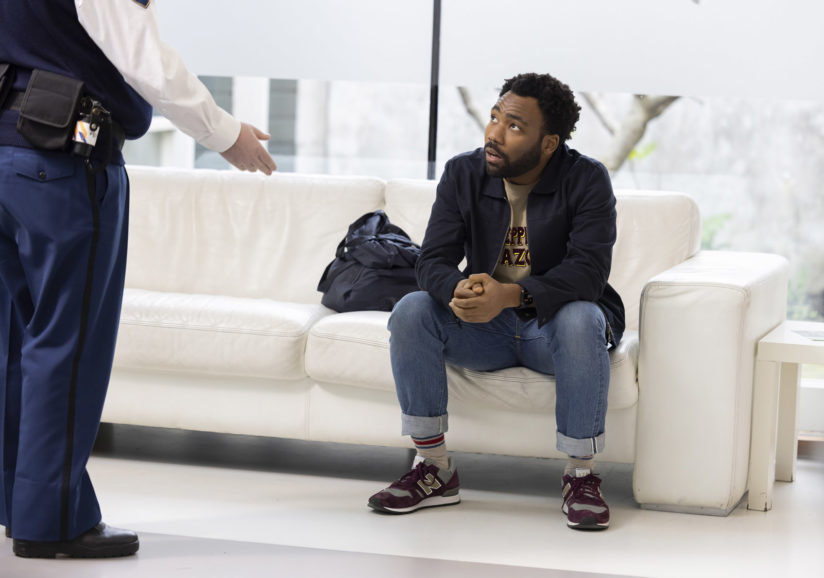
Panavision’s Primo series has the sort of performance that might have once been considered sky-high in contrast and sharpness, although progress has inevitably changed how they compare to other options. Still, as Murphy says, “they were always considered attractive. By comparison to modern lenses, say Master Primes, they wouldn’t feel anywhere near as sharp. They sit between a Cooke and a Master Prime. Because they’re a little bit older they have more vintage artefacts that are appealing to me, but they’re also not as soft as something from the sixties or seventies.”
Murphy paired the Primos with a combination of contrast-reduction and diffusion filters custom built by Tiffen. “Over the last few years, I’ve been using a combination of Smoque, Ultra Contrast, Low Contrast, and Digital Diffusion FX filters,” he recalls. “Tiffen will custom-build any combination of filtration that you want, so if you wanted a Black Pro-Mist 1/8 with Ultra Contrast 2, they can build that for you. I’ve had them build me a series of Smoque, Ultra Contrast, and Low Contrast filters in different strengths that suit how I want to use them, depending what room I’m in and how strong the backlight is.”
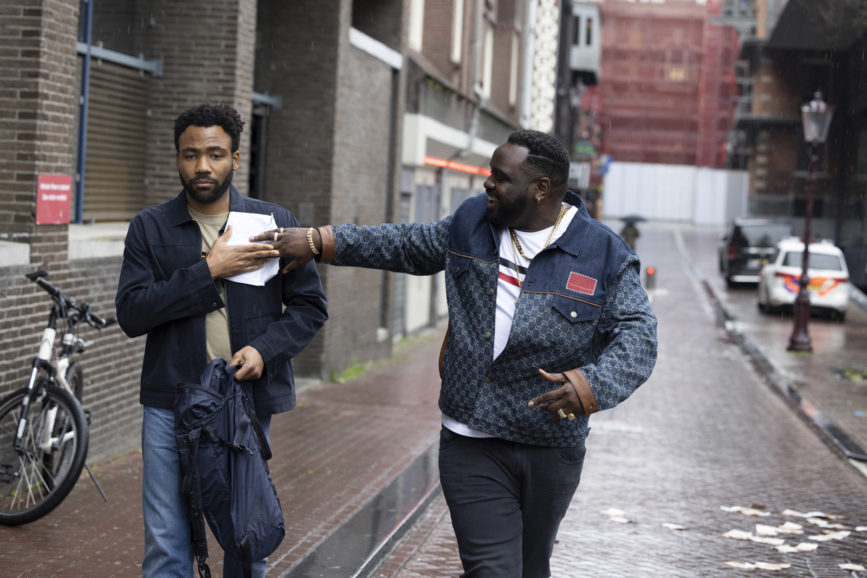
Combining several pieces of glass into one is convenient and reduces problem reflections, but the intent, as Murphy goes on, remains “to control the contrast level of my digital negative. I’m doing it with the idea that when I get to the grade I’m reintroducing additional contrast, as if you were shooting for a higher contrast print stock. You’d pull or underexpose, knowing you’re going to gain a lot of contrast in your print. You offset some of the qualities of the extra contrast with a flatter negative. I’m doing that by giving myself a softer curve in camera, capturing a lot more info on set. It balances out.”
Murphy previewed that balance with a monitoring LUT developed by colourist Ricky Gausis, who had worked on Atlanta’s first two seasons. “We took our camera tests and sent them to Ricky in LA; we did a test LUT on set and he modified it. It became our show LUT, and we used it for everything; we shot one LUT, as if we had one print stock. If the show were in another time, we’d be shooting on film, and it would be a pushed film stock look – quite contrasty, with grain. We push the Alexa Mini to 1280 ISO, underexpose it quite heavily, I filter it, and there’s the LUT that we add in the grade that restores the contrast but maintains the underexposed print look.”

Murphy’s tenure involved works in Amsterdam and Paris across locations both spectacular and deliberately mundane; the challenge, as he describes it, was consistency. “I don’t think there was any scene where we did a specific cool thing. It was all about that idea that we were trying very hard to be hidden, trying not to have the lighting be obvious and commercially perfect all the time. I gave myself a rule on this to not add backlight and I pretty much stuck to that throughout. I would normally rely on that a lot, but on this I don’t think we did it, ever. There are situations where someone’ sitting in front of a window and they’re backlit, but we never added big movie backlights.”
Murphy’s overall concept for lighting was based, he says, on “the idea of visual simplicity, and applying a reductionist approach. In general, I tried very hard to keep as much of the mechanics of my department off the floor as I could, using larger light sources outside the set and doing as much as possible with a lot of practicals built into or dressed into the set. I had many, many conversations with the art department about trying to light as much as possible with practicals. That obviously places a heavier burden on them, but they delivered fantastically. I’ve become more and more interested in imperfect lighting; using the edge of a beam of light or directing the light so it doesn’t land perfectly on an actor.”
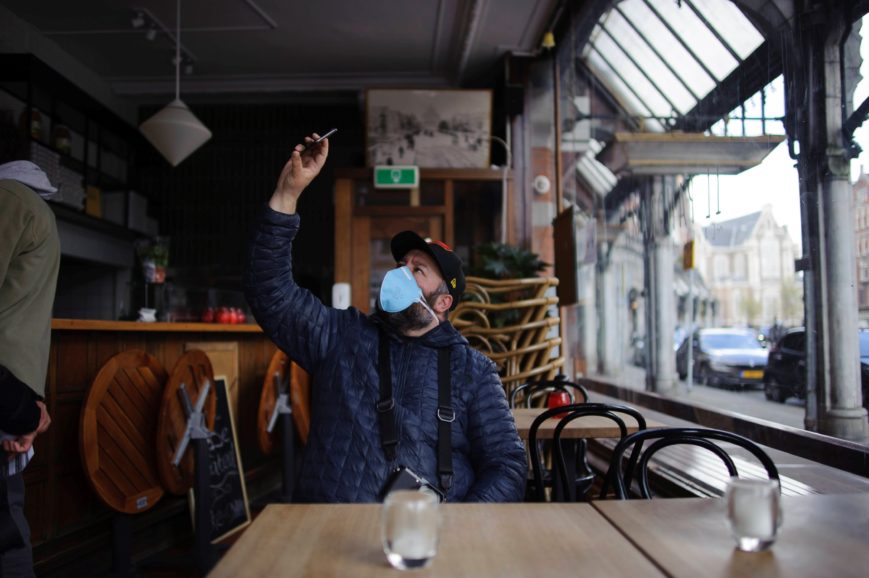
That carefully unobtrusive photography, deliberately avoiding the hyperreality common in film and television, is a clear reflection of director Murai’s approach. As Murphy recalls, “Hiro doesn’t fall into the Michael Bay school of filmmaking. He’d come from a more European sensibility, or a more seventies American sort of filmmaking. He’s more about picking a point of view for the scene and committing to that. He will rarely, if ever, do something where you’re doing conventional shot-reverse shot. We don’t want to over-cover stuff. Hiro has a really good eye for the beats he needs to see and where the camera should be for those beats.”
The result is something Murphy remembers as carefully premeditated. “You’re forced to look at the scene and see the beats – we knew we’d need this and this and this and that’s the story, rather than just getting a checklist of shots which will be assembled later in the edit. You’re making editorial decisions on the floor and that greatly impacts the tone of what you’re doing.”
Having wrapped Atlanta in June, Murphy graded a feature project, then shot commercials through the end of 2022. At the time of writing, he was preparing the BBC series Blue Lights, due to air in January 2023.

